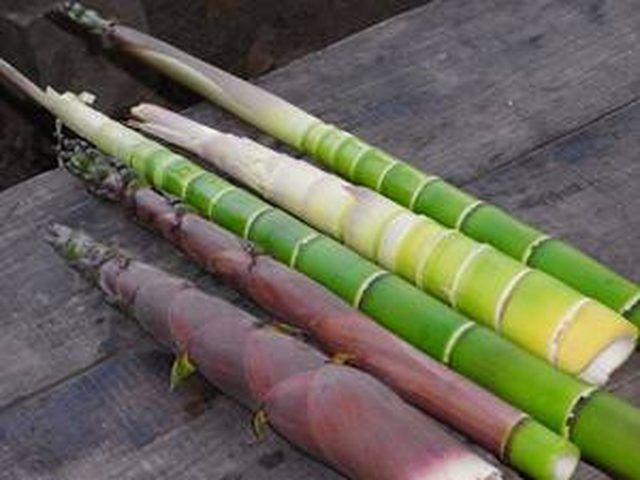Bulbs
Flower Basics
Flower Beds & Specialty Gardens
Flower Garden
Garden Furniture
Garden Gnomes
Garden Seeds
Garden Sheds
Garden Statues
Garden Tools & Supplies
Gardening Basics
Green & Organic
Groundcovers & Vines
Growing Annuals
Growing Basil
Growing Beans
Growing Berries
Growing Blueberries
Growing Cactus
Growing Corn
Growing Cotton
Growing Edibles
Growing Flowers
Growing Garlic
Growing Grapes
Growing Grass
Growing Herbs
Growing Jasmine
Growing Mint
Growing Mushrooms
Orchids
Growing Peanuts
Growing Perennials
Growing Plants
Growing Rosemary
Growing Roses
Growing Strawberries
Growing Sunflowers
Growing Thyme
Growing Tomatoes
Growing Tulips
Growing Vegetables
Herb Basics
Herb Garden
Indoor Growing
Landscaping Basics
Landscaping Patios
Landscaping Plants
Landscaping Shrubs
Landscaping Trees
Landscaping Walks & Pathways
Lawn Basics
Lawn Maintenance
Lawn Mowers
Lawn Ornaments
Lawn Planting
Lawn Tools
Outdoor Growing
Overall Landscape Planning
Pests, Weeds & Problems
Plant Basics
Rock Garden
Rose Garden
Shrubs
Soil
Specialty Gardens
Trees
Vegetable Garden
Yard Maintenance
Growing Edible Bamboo Shoots
Growing Edible Bamboo Shoots. Bamboo has many uses and is an important resource in Asian economies. Many types of bamboo can also be easily grown for harvest in personal gardens on most continents. In Asia bamboo shoots are harvested and consumed in large proportions. Some kinds are better than others for eating, however, and not all grow the same...

Bamboo has many uses and is an important resource in Asian economies. Many types of bamboo can also be easily grown for harvest in personal gardens on most continents. In Asia bamboo shoots are harvested and consumed in large proportions. Some kinds are better than others for eating, however, and not all grow the same way. Here is how to successfully grow bamboo in a contained area and harvest savory shoots for culinary use.
Things You'll Need
Bamboo rhizome buds or seeds
Plot of land
Sharp spade
Small ax
Sharp paring knife
Thick black plastic sheeting
Choose which kind of bamboo you would like to plant and harvest. There are hundreds of different varieties and some taste better than others. The temperate Phyllostachys are a leading source of shoots. Phyllostachys nuda, P. platyglossa, P. nidularia, P. hindsii, P. dulcis, and P. vivax are recommended by Ted Jordan Meredith in his book "Bamboo for Gardens." Other temperate genera such as Semiarundinaria fastuosa and Qiongzhuea tumidissinoda are said to produce terrific tasting shoots.
Meredith says the types of shoots most commonly harvested for food in China are P. heterocycla f. pubescens, P. praecox, P. dulcis and P. iridescens.
Create a rhizome barrier. There are two kinds of bamboo: clumping bamboo and running bamboo. Some species have invasive properties and their shoots have been known to reach under ground 30 feet away from the stalks. Just one plant can grow to appear as an entire grove due to its network of rhizomes. Contain your bamboo, especially if it is a running species and prevent it from taking over your entire garden or invading a neighbor's yard.
Creating a barrier that runs below the ground is very helpful. To do this, dig a trench of about 3 feet deep around the area where you would like to contain the bamboo. Insert a material such as corrugated metal sheeting, or preferably heavy plastic sheeting such as 60 mil thick black High-Density polyethylene. Overlap the seam by at least 2 feet and pack the earth back in around it so that it sits vertical and has about 2 to 3 inches sticking up above the ground. Check periodically because some rhizomes can in fact leap over the barrier!
Plant the bamboo. A mature grove can take up to 10 years to fully mature so place the plants 4 to 10 feet apart depending on the species and what kind of grove you are aiming for. If you intend to harvest the shoots frequently you can plant them a bit closer together. Generally it is very hard to buy bamboo seeds, most mail-orders or nurseries sell rhizome buds.
Tend to the bamboo. It likes water on a regular basis, so depending on your climate and soil you may need to hand water more or less. Bamboo grows faster in less dense, sandy soils. Placing a layer of woodchips over the soil around the bamboo can help to retain moisture if you are in a dry climate. Eventually, after several years pruning may be needed.
Harvest the shoots. Bamboo shoots will taste best when harvested young. Chinese study shows that bamboo shoots have a higher protein content than any other vegetable, especially when harvested just before a shoot is about to emerge from underground. Use the sharp trowel, ax or knife depending on the size of the shoots to cut them from the ground. Cut the 8 to 10 inch shoot in half lengthwise to reveal the segmented structure of the shoot and bend away the culm leaves to remove the edible piece. The tender tips of these leaves are also often edible similar to artichoke leaves.
Prepare your shoots. Parboiling ensures the shoot is safe to eat and can bring out better flavor. These can then be added to stir fry, stews, soups, barbecue, rice bowls, or canned. They can also be eaten dried and lightly salted as a snack. Some cultures enjoy certain species of bitter bamboo cooked and served with brown sugar as a dessert.
Tips & Warnings
All tropical and semi-tropical bamboo shoots should be parboiled before consuming to eliminate any cyanogens. This does not detract from the crunchy texture and can add to the flavor of the shoots.